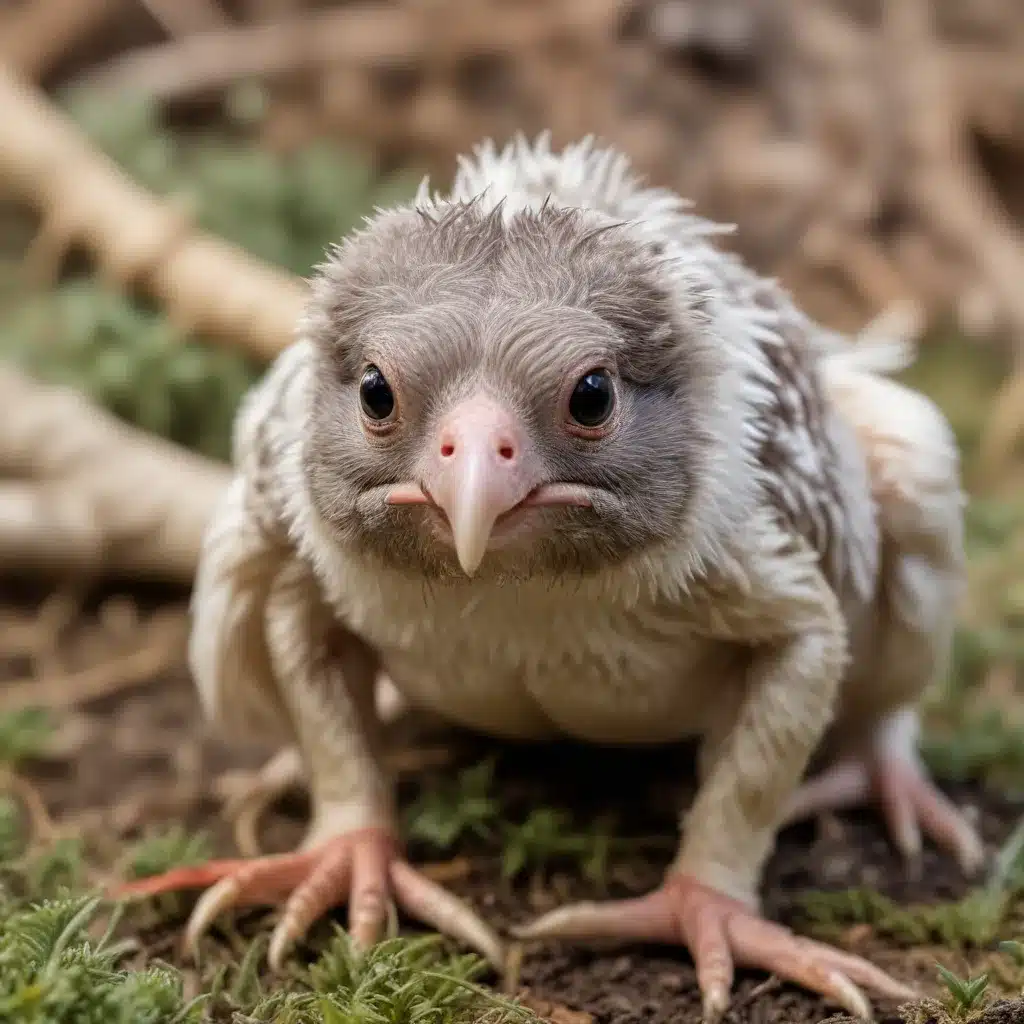
Adapting Training Methods for Different Life Stages and Molting Periods
As an experienced avian caretaker, I’ve had the privilege of working with a diverse array of bird species and their unique needs. One of the most crucial aspects of responsible avian care is understanding how to effectively train and interact with our feathered friends at different life stages and during their periodic molting processes. In this comprehensive guide, I’ll share my expertise on adapting training techniques to support the well-being of birds throughout their lifespans.
Avian Growth Phases
Successful training begins with a solid grasp of avian development. Let’s start by exploring the key life stages birds undergo and how they impact training approaches.
Hatchling Development: From the moment they emerge from their shells, hatchlings require specialized care and gentle handling. This is a critical imprinting period, where positive interactions with their human caretakers can shape the bird’s future behavior and relationship with people. Focusing on desensitization, socialization, and rewarding calm responses lays the groundwork for a well-adjusted, confident companion.
Juvenile Maturation: As birds transition into their adolescent years, their innate curiosity, playfulness, and testing of boundaries can present new training challenges. Incorporating age-appropriate enrichment activities, establishing clear boundaries, and reinforcing desired behaviors with patience and consistency are key to navigating this stage successfully.
Adult Life Cycle: Mature birds often develop set routines and preferences. While they may be more responsive to advanced training techniques, caretakers must remain attuned to the bird’s individual needs and comfort levels. Respecting an adult bird’s autonomy while gradually introducing new experiences can foster a rewarding partnership.
Molting Patterns
Periodic feather replacement, known as molting, is a natural process that can significantly impact a bird’s behavior and training. Understanding the various molting patterns is essential for adapting your approach.
Seasonal Molting: Many bird species undergo an annual molt, typically timed with changes in daylight and temperature. During this vulnerable period, birds may exhibit increased sensitivity, reduced activity, and altered nutritional requirements. Tailoring training sessions, providing appropriate dietary support, and offering extra comfort can help minimize stress.
Stress-Induced Molting: Sudden or prolonged stress, such as changes in environment, diet, or social dynamics, can trigger an abnormal molt. In these cases, the priority shifts to addressing the underlying causes of the bird’s distress and supporting its overall well-being before attempting training.
Feather Replacement Strategies: Depending on the species, birds may shed and regrow their feathers gradually or undergo a complete, simultaneous molt. Understanding these patterns can inform when to introduce new training elements or modify existing routines to accommodate the bird’s changing physical and behavioral needs.
Nutritional Requirements for Avian Life Stages
Proper nutrition is a crucial foundation for successful training and overall avian health. Let’s explore the unique dietary needs of birds at different life stages.
Dietary Needs of Hatchlings: Newly hatched birds require a specialized, protein-rich diet to fuel their rapid growth and development. Caretakers must closely monitor feeding schedules, portion sizes, and nutrient balances to ensure hatchlings receive the nourishment they need.
Nutrient Profiles for Juveniles: As birds mature, their nutritional requirements shift to support their increased activity levels and the onset of sexual maturity. Incorporating a diverse array of high-quality proteins, fats, carbohydrates, vitamins, and minerals can help young birds thrive.
Optimizing Adult Diets: Mature birds have more stable nutritional needs, but caretakers must still be mindful of providing appropriate dietary support, especially during molting periods when additional energy and resources are required for feather replacement.
Behavioral Adaptations during Molting
Molting can be a stressful and vulnerable time for birds, often leading to distinct behavioral changes that require a thoughtful training approach.
Coping Mechanisms: Birds may exhibit increased sensitivity, irritability, or lethargy during molting. Recognizing these signs and providing a calm, low-stress environment can help birds feel secure and minimize the risk of adverse reactions to training.
Activity Level Changes: Molting birds often reduce their activity levels as they conserve energy for the feather replacement process. Adapting training sessions to match the bird’s decreased stamina and adjusting expectations can prevent frustration and maintain a positive association with training.
Social Dynamics: The discomfort and physical changes associated with molting can sometimes lead to shifts in a bird’s social interactions, both with humans and within avian social groups. Monitoring for changes in dominance hierarchies, aggression, or withdrawal, and adjusting training techniques accordingly, can help maintain a harmonious environment.
Training Techniques for Different Avian Life Stages
Effective training is a dynamic process that must evolve alongside the bird’s development and physical changes. Let’s explore how to adapt your approach for each life stage.
Hatchling Imprinting: During the critical imprinting period, the focus should be on gentle, positive reinforcement-based interactions that build trust and familiarize the bird with human presence. Desensitization to handling, cue association, and rewarding calm behaviors lay the foundation for future training success.
Juvenile Behavioral Shaping: As birds enter their adolescent phase, incorporating more complex training elements, such as target training and behavioral chains, can help channel their natural curiosity and energy into productive learning. Maintaining patience, consistency, and frequent, short training sessions are essential.
Adult Reinforcement Strategies: With mature birds, caretakers can leverage their established routines and preferences to introduce advanced training techniques, such as free-shaping and variable reinforcement schedules. However, it’s crucial to remain attuned to the bird’s individual comfort levels and adapt the pace and content of training accordingly.
Regardless of the avian life stage, the underlying principles of positive reinforcement, patience, and a deep understanding of the bird’s unique needs are the foundation for successful training. By tailoring your approach to the specific challenges and opportunities presented at each phase of a bird’s development and molting cycle, you can build a rewarding partnership and ensure the overall well-being of your feathered companions.
For more information on avian care and training, I encourage you to visit the Mika Birds Farm website at mikabirdsfarm.com. There, you’ll find a wealth of resources, including FAQs, product assessments, and expert guidance to support your avian journey.


